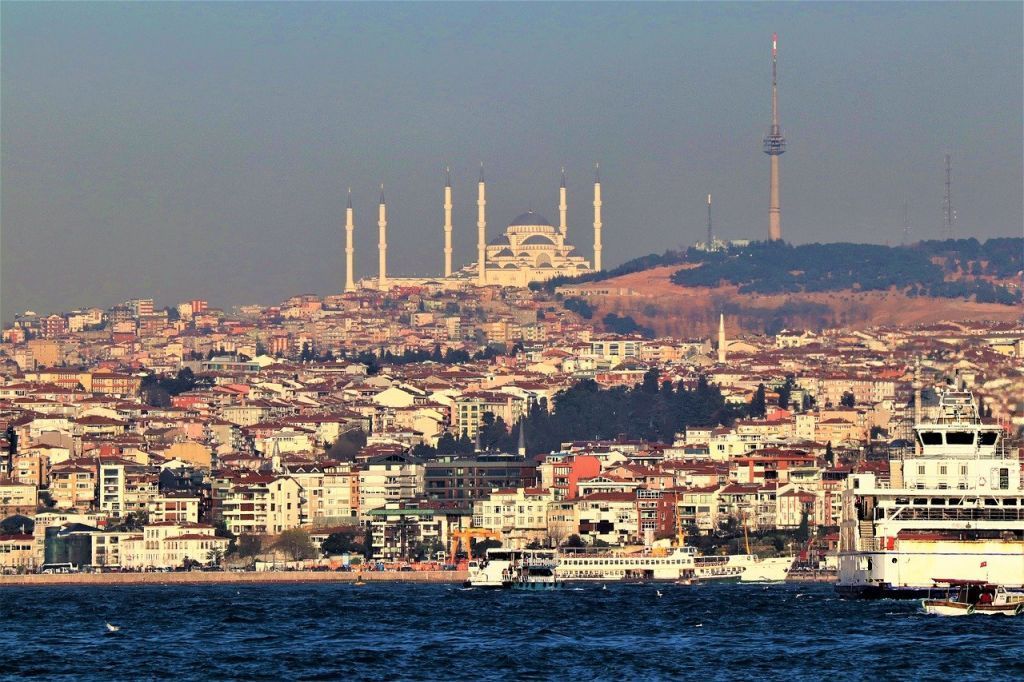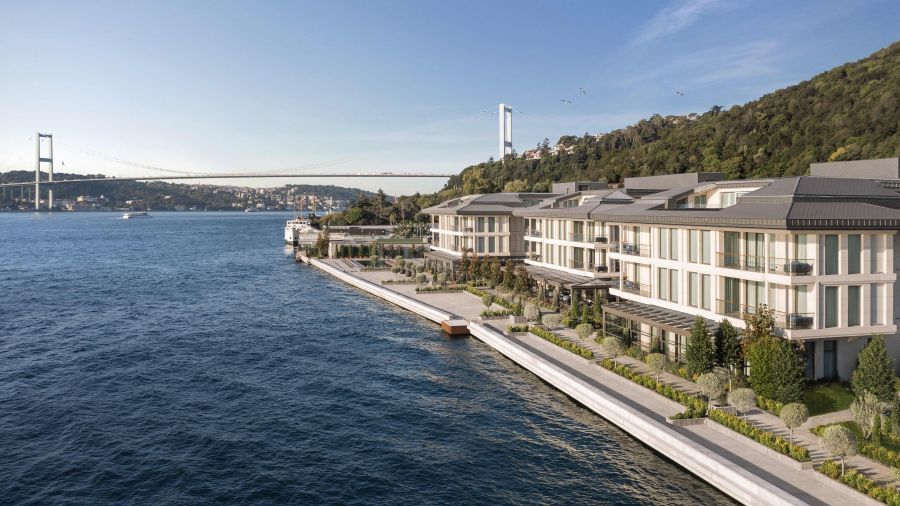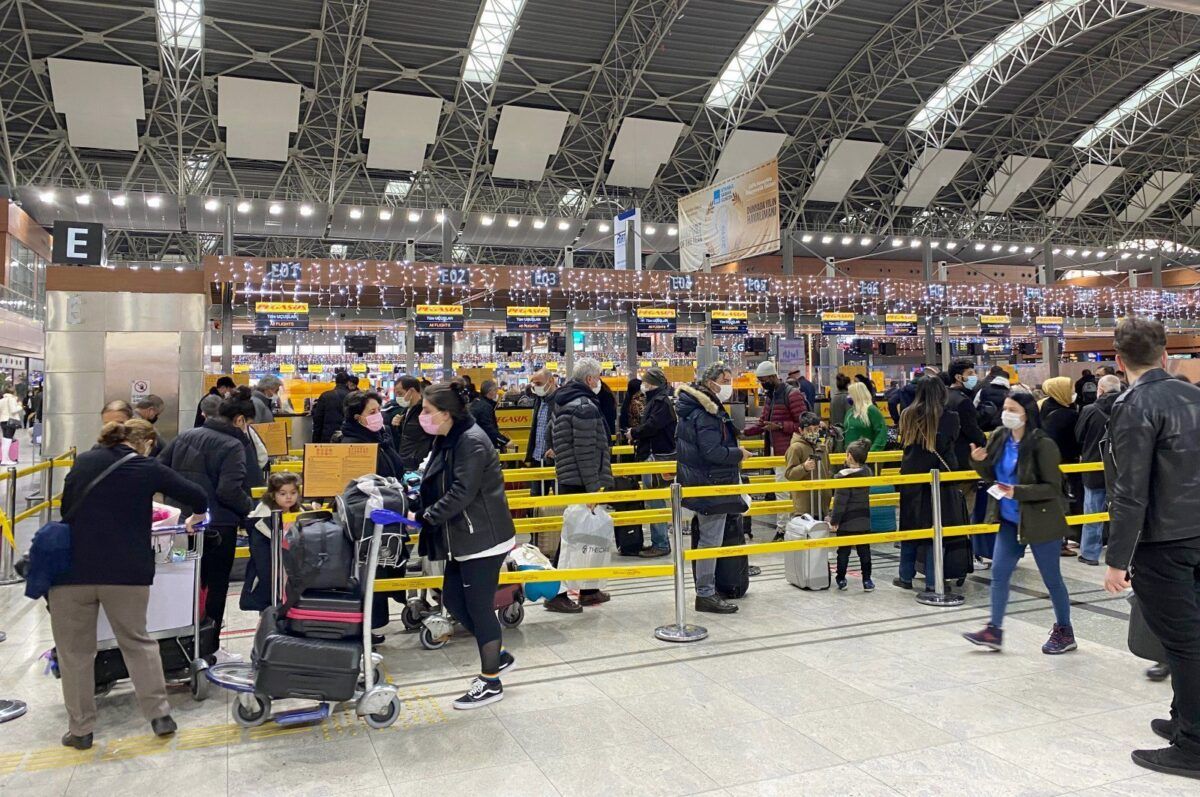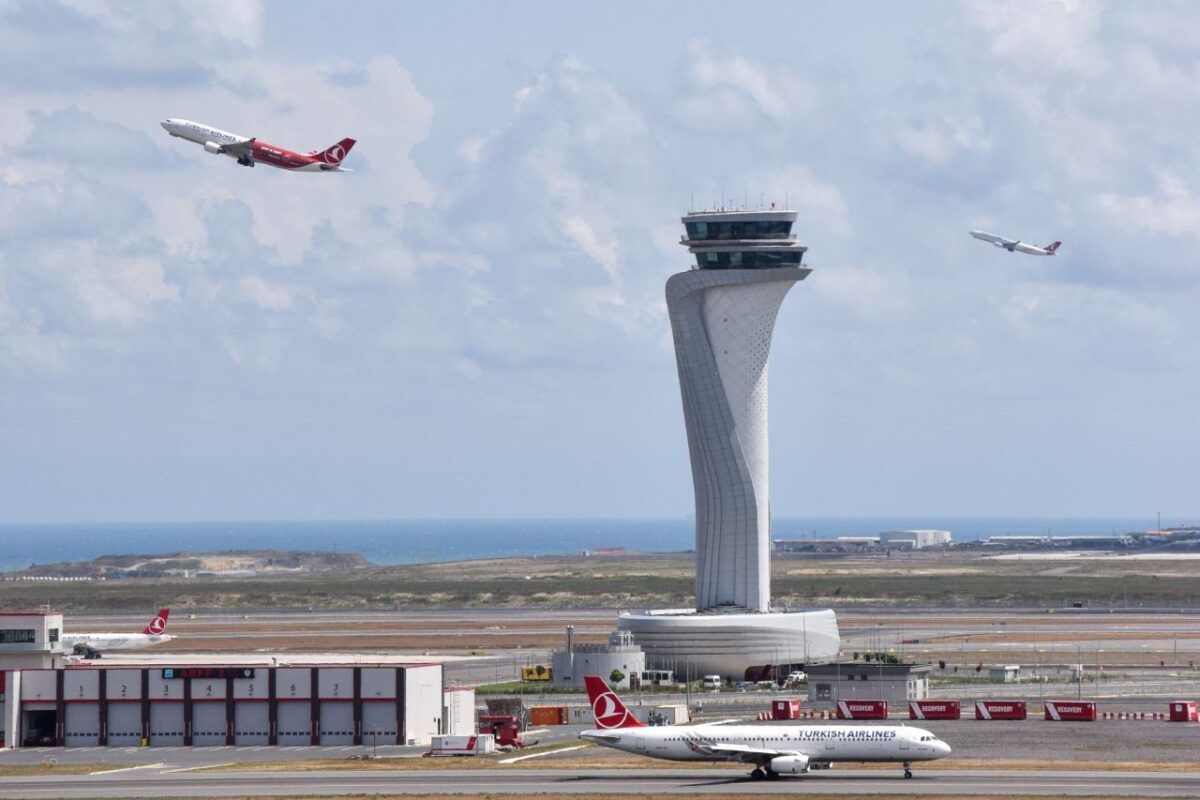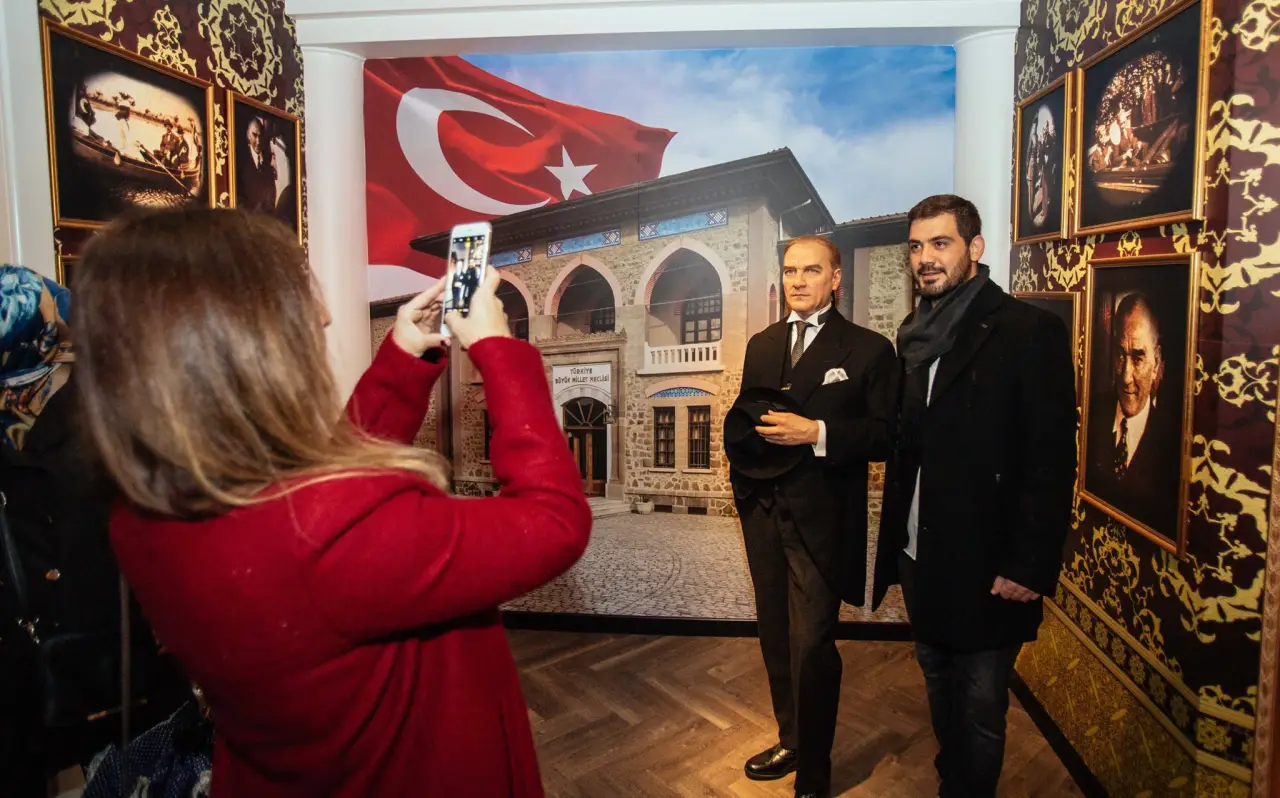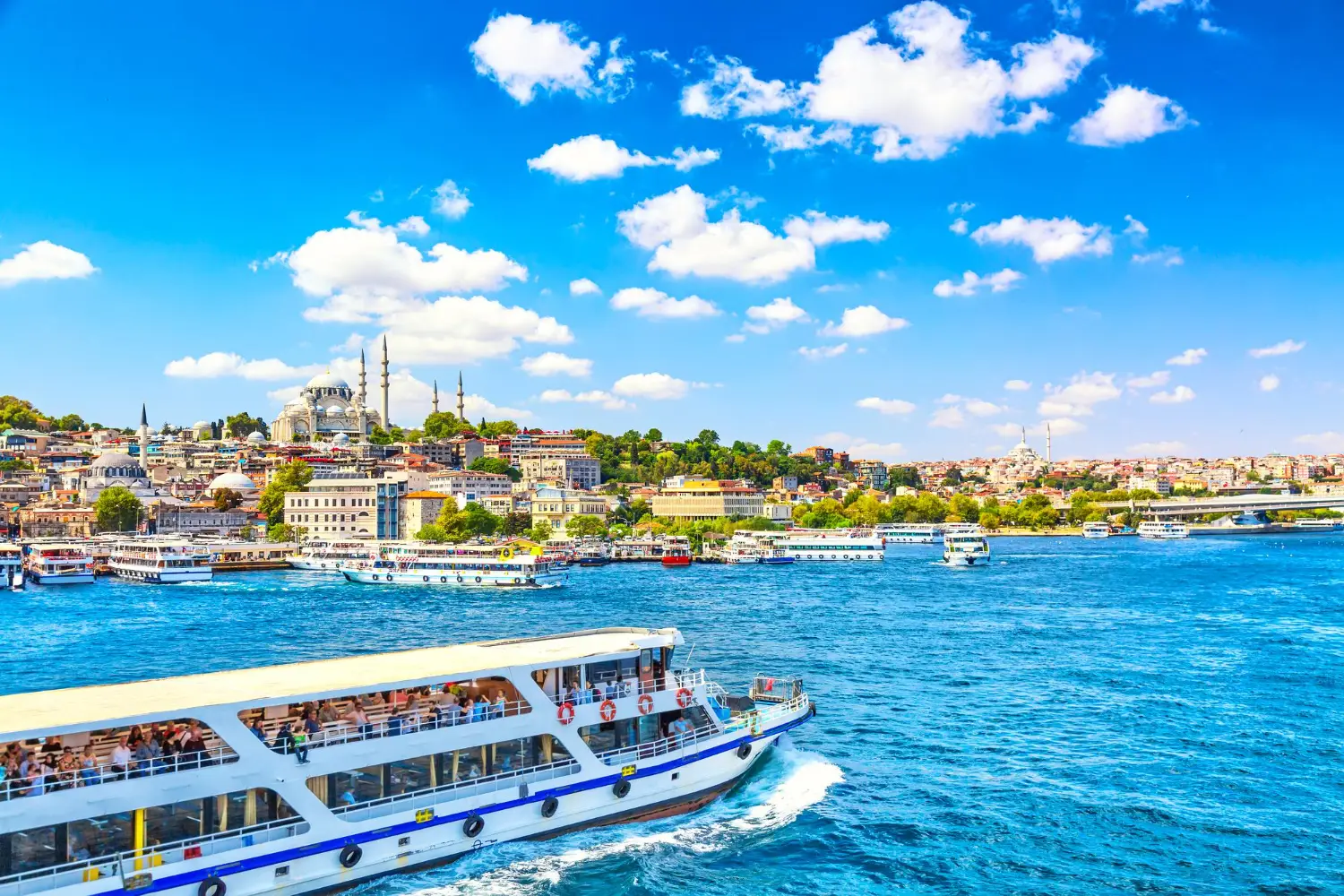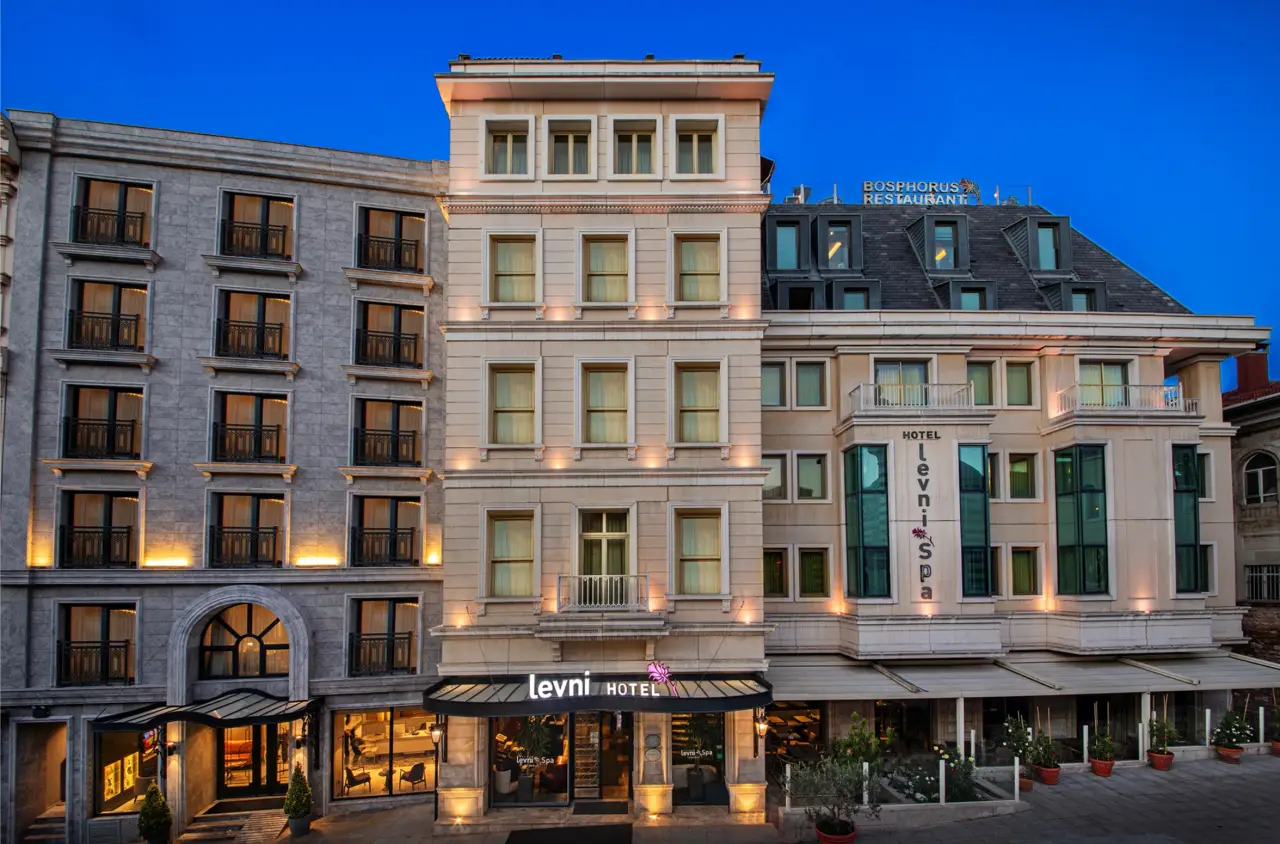Istanbul’s Grand Camlica Mosque, which houses the Museum of Islamic Civilizations, has hosted 25 million people since its inauguration three years ago.
Apart from being a grand place of worship, the mosque is the most modern complex in Turkiye with its art gallery, library, conference hall, art workshop, and the newly launched Museum of Islamic Civilizations.
The gigantic mosque, whose idea belongs to Turkish President Recep Tayyip Erdogan and whose foundation was laid on Aug. 7, 2013, on Istanbul’s iconic Camlica Hill, has a combination of Ottoman and Seljuk architecture, and is located on Istanbul’s Asian side.
It has become one of the symbols of the city.
Four of the mosque’s minarets stand 107.1 meters (352 feet) tall, an acknowledgment of the Seljuk Turks’ victory in Malazgirt (Manzikert), eastern Turkiye, in 1071 against the Byzantine army which opened Anatolia to Turkish settlement.
The central dome hangs 72 meters (236 feet) above the ground, representing the 72 nations living in the city. The second dome has a diameter of 34 meters (112 feet) – Istanbul’s official license number.
Its main gate – which weighs 6 ton, stands as high as 6.5 meters (21 foot) and has a 5-meter width – is one of the largest ones around the world.
There are eight art workshops, an art gallery of 3,500 square meters (37,670 square feet), a library of 3,000 sq. mt. (32,290 sq. ft.), a conference hall with a capacity of 1,071 seats, and an indoor parking lot for 3,500 vehicles in the mosque complex.
Mosque among Istanbul’s must-see attractions
Ergin Kulunk, head of the Istanbul Mosque and Culture Service Units Construction and Sustenance Association, told Anadolu Agency that the mosque met worshippers on March 7, 2019, and it was officially launched on May 3 in the same year.
The project of the mosque was prepared and completed in 60 months, he said, and it received more-than-expected attention.
Despite a limited number of visitors during the COVID-19 pandemic, the mosque welcomed more visitors with the drop in the coronavirus cases in Turkiye, Kulunk said.
“The most recent example of this was Laylat al-Qadr,” he said referring to the Night of Power, which represents the first revelation of the Quran to Prophet Muhammad.
“We had a very good crowd. I guess around 25,000 people came to the mosque,” he added.
“Our visitors and people who prefer our mosque to worship come from almost all parts of Turkiye,” he said.
The mosque hosted people from many countries after the official opening, Kulunk said, adding: “The Grand Camlica Mosque has entered the list of places to visit in Istanbul.”
Over 50,000 books at the library
Kulunk also recalled that the Museum of Islamic Civilizations opened at the beginning of the Muslim holy month of Ramadan.
Since its opening last month, the museum has been visited by more than 150,000 people, he said.
The library at the mosque offers 50,000 books as it is open till midnight.
Nezih Ertug, the director of the Museum of Islamic Civilizations, said that the museum opened at the beginning of the Ramadan.
“One of the features that make our museum different is that artifacts that have never been in any museum or exhibition before are exhibited for the first time,” he said.
With nearly 800 pieces reflecting the development of Islamic art from the 7th to the 19th centuries, the museum includes 15 thematic sections such as woven Turkish art, works attributed to Prophet Muhammad, and architectural and decorative elements in Islamic art.
Visitors to the museum have the opportunity to see many more works such as representative footprints of Prophet Muhammad, the curtain of Mecca’s holy Kaaba, sultan’s caftans, the childhood notebook of Mehmed the Conqueror, and Ottoman era coins.
Ertug also said that one of the important works of the museum is the sword of Suleiman the Magnificent, which was brought from the Topkapi Palace.
History books mention that the first Ottoman coin was issued during the Orhangazi period, Ertug said, but further said: “According to the latest research, the first coin was found to be issued by Osmangazi, not Orhangazi. We brought this coin, which is the only example in the world, to our museum.”
The coin was brought from Istanbul’s Archaeological Museums, he added.
Source: AA

